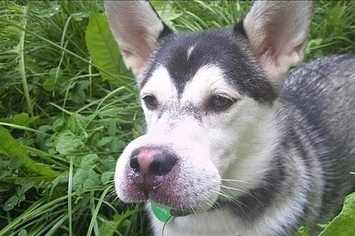

If you notice a bee nest near your property it is important to call an exterminator immediately before any harm occurs to your pet! Avoid Areas Prone to Bees/Wasps/Hornets Additionally, keeping your pet leashed when outdoors will help you keep better control over their movements and behaviors which could prevent them from getting too close to nests and hives containing these insects. Keeping your dog away from areas with high pollen levels such as fields and gardens will decrease their chances of coming into contact with bees/wasps/hornets. The best way to protect your dog from bee stings is to take preventative measures before they become a problem. Preventative Measures for Bee Stings in Dogs Additionally, certain behaviors can increase the chances of being stung by bees/wasps/hornets such as curiosity or unfamiliarity with these insects, hyperactivity or unpredictable behavior, aggressive behavior towards these insects, or lack of awareness of nearby bee nests or hives. Areas with nests or hives of bees/wasps/hornets will also increase the risk of being stung. Natural environments with high pollen levels attract bees and other insects which increases the likelihood of being stung by one.

There are several risk factors that make dogs more likely to be stung by bees or other stinging insects such as wasps or hornets. In cases of severe allergies or anaphylactic shock, allergy testing and shots may be recommended as well as surgery in extreme cases. Your veterinarian may prescribe medications such as antihistamines or corticosteroids to help reduce inflammation and provide pain relief. If these home remedies do not provide sufficient relief or if more serious symptoms occur, it is important to seek veterinary care immediately. Applying a mixture of honey and vinegar to the affected area may also provide relief from pain. A cold compress or an oatmeal bath may help reduce swelling and inflammation. Treatments for Bee Stings in Dogsįortunately, there are a few home remedies that can be used to help alleviate some of the discomfort caused by bee stings in dogs. It is important to monitor your dog closely after a bee sting and contact your veterinarian if any serious symptoms occur. In more severe cases, anaphylactic shock can occur, which is a potentially life-threatening allergic reaction. The most common symptoms are localized swelling, redness and irritation around the sting site, pain, and difficulty breathing. Symptoms of Bee Stings in Dogsīee stings can cause a variety of symptoms in dogs, depending on the severity of the sting. If you suspect your wiener dog has been stung by a bee or another insect, it is important to speak with your veterinarian right away for proper treatment.
#Wiener dog stung by bee skin#
Treatment for bee stings includes removing any stingers that remain in the skin and applying a cold compress to reduce swelling.

Allergic reactions can occur in some cases and require immediate medical attention. In more severe cases, a wiener dog may experience hives, vomiting or difficulty breathing. The most common symptoms include redness, swelling and pain at the site of the sting. If a wiener dog is stung by a bee, the effects can range from mild to severe depending on the size of the dog and its reaction to the venom. Unfortunately, these lovable animals can also suffer an unfortunate run-in with a bee or other stinging insect. They are often kept as beloved pets, and can be prone to certain health problems due to their unique body shape.

Wiener dogs, also known as dachshunds, are small dogs with short legs and long bodies.


 0 kommentar(er)
0 kommentar(er)
